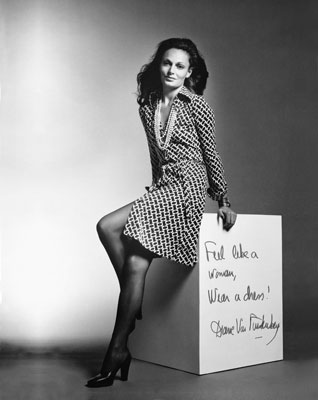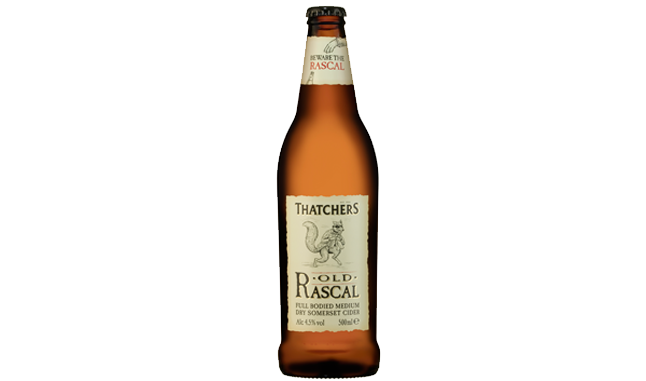He knows about toes
In his own words, Christian Louboutin “knows about toes” so it’s not surprising that he wanted nail polish to be his first foray into the beauty world.
In September this year the world famous shoe designer is launching a range of 31 nail varnishes, a move which in many ways represents the repayment of an old debt, as the initial success of his brand owes much to a bottle of nail varnish.
Louboutin was born in Paris in 1963. When he was 12, a museum that was situated next door to the family’s apartment had a poster outside with a sketch of a stiletto on it. Christian became obsessed with the poster, he sketched and resketched it and soon realised that he wanted to be a shoe designer.
He started missing school “I was out every night. I have a piece of paper which says that I missed 92 days in one year.” He spent his time with friends, partying and watching the showgirls from The Folies Bergère and the Moulin Rouge, whose costumes and shoes fascinated him.
At 18 he got a job at Charles Jourdan. He went on to do freelance work for Chanel and Yves Saint Laurent, then went to learn about and work with leather in factories in Naples and Florence. He returned to Paris and went to work for Roger Vivier, a man whom he credits with teaching him much of what he knows.
Upset when Vivier died, Louboutin decided on a change of direction, and became a landscape gardener. However he was soon missing shoes and started to spend hours drawing them and creating his own designs.
Then shortly after the death of his mother and at the urging of an antique dealer friend he decided to go back to his first love, shoes.
“He said just go for it. That same week, I had dinner with my two oldest friends, Henri and Bruno, and they said yeah, let’s do it. They say don’t mix business with pleasure, but 23 years on we’re even better friends than before. Henri married my sister and Bruno is the president of the company.”
However despite all the drawing and designs he had done over the years, when he saw the first prototype he had a feeling that something still wasn’t quite right.
“My drawing of it was better, I couldn’t understand what it was. Then I turned it over and realised that the percentage of black was huge, but there was no black in my drawing. My assistant was painting her nails, so I grabbed her nail polish, painted the sole and it popped. It gave definition to the heel. It illuminated the shoe.”
 His new scarlet soled shoes were an immediate success and Louboutin is now a global brand with stores in over 50 countries.
His new scarlet soled shoes were an immediate success and Louboutin is now a global brand with stores in over 50 countries.
Now the brand is planning a new move and soon you will be able to paint your nails the same colour as the bottoms of those soles with a bottle of “Rouge Louboutin.”
Each 16-faceted glass bottle has an 8-inch stiletto-like cap featuring a red underside, just like its muse. The spiky lid is the same height as the Ballerina Ultima, which is the brand’s tallest shoe so you can not only match your bag and shoes but match your nails too.
“The red sole was born from red nail polish. I am giving back to nails what he shoes took from the nails many years ago.”
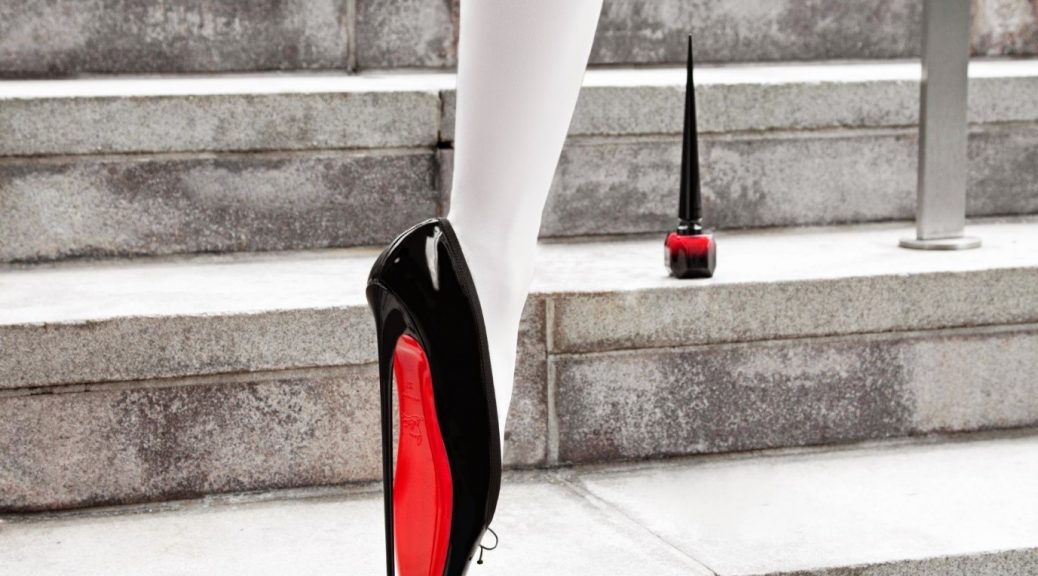
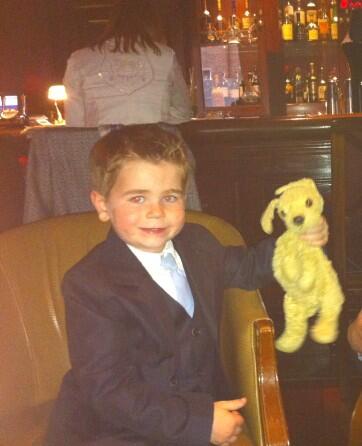
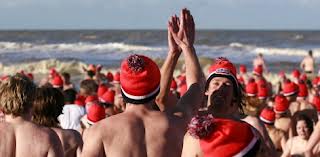
 All was to change some 20 years later when, in 1997, an insightful Unox employee recognised the potential in linking the brand, which had long been seen as warming and nourishing, with the event. He suggested sponsoring the dive, rewarding every participant with a free bowl of warming pea soup to counteract the often very cold water temperatures.
All was to change some 20 years later when, in 1997, an insightful Unox employee recognised the potential in linking the brand, which had long been seen as warming and nourishing, with the event. He suggested sponsoring the dive, rewarding every participant with a free bowl of warming pea soup to counteract the often very cold water temperatures.
